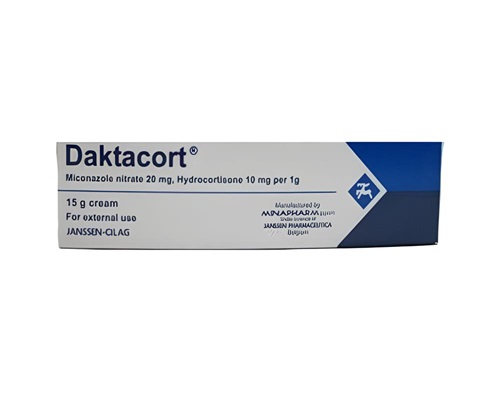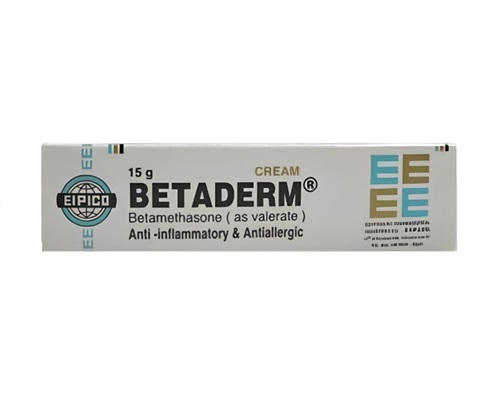Description
Trade name:
Betapronate Plus
Compound:
Each gram of cream contains:
Clotrimazole 10 mg
Betamethasone 0.5 mg
Auxiliary components:
Petrolatum, propylene glycol, cetostearyl alcohol, liquid paraffin, macrogol cetostearyl, benzyl alcohol, sodium dihydrogen phosphate dihydrate, phosphoric acid, sodium hydroxide, purified water.
Properties:
A combination drug for external use.
Betapronate Plus combines the anti-inflammatory, antipruritic, antiallergic and antiexudative effects of betamethasone GCS with the antifungal activity of clotrimazole.
Clotrimazole has an antifungal effect due to the disruption of ergosterol synthesis, which is a component of the fungal cell membrane. It is active against Trichophyton rubrum, Trichophyton mentagrophytes, Epidermophyton floccosum, Microsporum canis, Candida albicans, Malassezia furfur (Pityrosporum orbiculare).
Indications:
Dermatoses complicated by infections caused by pathogens sensitive to the drug, or if such infections are suspected, including:
– simple and allergic dermatitis;
-atopic dermatitis (including diffuse neurodermatitis);
– limited neurodermatitis;
-eczema;
– dermatomycosis (dermatophytosis, candidiasis, versicolor lichen), especially when localized in the groin area and large folds of skin.
– simple chronic lichen (limited neurodermatitis).
Method of administration and dosage:
The drug is intended for external use.
The cream should be applied in a thin layer to the entire affected skin surface and surrounding tissue 2 times a day – in the morning and at night. To ensure the effectiveness of the treatment, the drug must be used regularly. The duration of therapy depends on the size and location of the lesion, as well as the patient’s response.
If clinical improvement does not occur after 3-4 weeks of treatment, this may serve as a reason to clarify the diagnosis.
Contraindications:
-lupus;
-cutaneous manifestations of syphilis;
-chicken pox;
– herpes simplex;
-skin post-vaccination reactions;
-open wounds (for ointment);
– children under 2 years of age;
– hypersensitivity to the components of the drug.
The drug should be used with caution during pregnancy (especially in the first trimester), in children over 2 years of age, for long-term treatment, on large areas of skin or when the integrity of the skin is compromised, when using occlusive dressings (especially in children).
Precautions:
Any side effects that occur with systemic GCS, including adrenal suppression, may also occur with local GCS use, especially in children.
If the drug is used for a long time, it is recommended to discontinue it gradually.
Use in pediatrics:
The drug is prescribed to children only according to strict indications and under medical supervision, since systemic side effects associated with the use of local corticosteroids may develop more often in them than in adult patients.
Side effects:
Local reactions: very rare – burning sensation, erythema, exudation, pigmentation disorders, itching.
Adverse reactions that occur with the use of topical corticosteroids (especially when using occlusive dressings): burning sensation, itching, dry skin, folliculitis, hypertrichosis, acne, hypopigmentation, perioral dermatitis, allergic contact dermatitis, maceration of the skin, development of secondary infection, skin atrophy, striae, miliaria.
Adverse reactions caused by clotrimazole: erythema, tingling sensation, blistering, peeling, local swelling, itching, urticaria, skin irritation.
Storage method:
Store at temperatures not exceeding 30 degrees.









